Singapore for one is a hotbed of protein innovation. But is the excitement, investment and momentum that we’re seeing, both in Singapore and elsewhere, working towards what is really needed in the global food system? Madhumitha Ardhanari, Mareyah Bhatti and Vi Nguyen from our ongoing project, Action Sprint: Innovators in Southeast Asia share insights from the region that could lead the way to a radically transformed food system.

This is a spectacular time for plant-based and other alternative protein innovation 1, arguably presenting a window of opportunity to reconfigure how the protein system works to deliver what the world really needs – in this case, nutritious, sustainably produced proteins, and in particular, good-quality, plant-based and plant-heavy foods that enable healthy and sustainable diets.
Singapore for one is a hotbed of protein innovation. The government’s food self-sufficiency goal, considers alternative proteins as an important route towards it. This has resulted in a highly supportive and enabling environment for protein innovation, leading to dozens of companies setting up in Singapore to work on alternative proteins. Singapore has been a trailblazer in this space, being the first country to approve the sale of a cultivated meat product, in December 2020. In December 2022, Singapore’s Huber’s Butchery became the first butchery in the world to sell and serve cultivated meat.
But is the excitement, investment and momentum that we’re seeing, both in Singapore and elsewhere, working towards what is really needed in the global food system?
With social, environmental, and economic pressures intensifying, what are the challenges that protein innovation here could be trying to solve, and how? And given the reality of those pressures, what is innovation good for, if it’s not helping to address them?
There is a real risk that the current wave of innovations will simply not add up to the desired food security or long-term resilience. In a region such as Southeast Asia where the demand for protein is growing, due to both a growing population and rising average incomes, there are also significant environmental and social issues that are not being sufficiently addressed by the innovations attracting the most support and attention. Immense deforestation and overfishing, climate breakdown, antimicrobial resistance and human rights abuses in value chains are all undermining our fundamental ability to produce and consume good nutrition for the decades to come.
There is a real innovation gap in four critical areas that we have identified in Southeast Asia: Firstly, soil degradation – the region is particularly at risk due to erosion, saltwater intrusion from sea-level rise, and intense pressures from intensive farming on scarce farmland; secondly, biodiversity collapse – the region could lose its coral reefs within years as we hit 1.5C of global heating, but more than 130 million people depend on the reefs in for food and livelihoods; thirdly, smallholder farmers at risk from their ongoing lack of access to capital and value, in the face of value flowing into venture capital and the rise of animal agribusiness in the region; and finally, water scarcity – with Asia likely to account for the vast majority of those affected by water scarcity by 2050.
We are in dire need of the right kind of innovation, especially in these four existing gaps or ‘white spaces.
The spotlight might be focused on exciting, novel, and high-tech product innovations – but unless these are accessible and deliver the quality nutrition needed to feed a fast-growing population, we have not progressed. As the pressures increase on the global and regional food system, innovators need to be incentivised and rewarded to solve the right problems. We need a radical rethink of the role of innovators and a reframing of what they are innovating towards.
Innovators can be the stewards of the future, but they need to look beyond making the next flashy plant-based burger patties, to focus on how they are working with protein to unlock a truly resilient food system.
Singapore particularly has a role to play here, in supporting and exporting not just alternative protein products, but also innovations that enable longer-term resilience, through business models that tackle and repair social and ecological damage (what we call “just and regenerative”). Forum for the Future’s ‘Innovators Action Sprint’ programme is exploring what this could look like in the context of Southeast Asia, specifically Singapore. Through a series of creative workshops, a diverse group of protein ‘visionaries’2 is being challenged to develop an imaginary business fit for 2050, establishing the business model, its purpose, and how it would embody just and regenerative principles, especially in a Southeast Asia context. This creative exercise is designed to inspire the group about the role of innovators in shaping new business models and value chains to maximise positive impact on their region’s most critical challenges. Ultimately, we hope to reshape dominant narratives around what kind of innovation is really needed and should be supported.
What are we spotting?
Here are some upstream innovations foregrounding planetary health and smallholder justice and taking a full value chain approach. What can we learn, scale and replicate from these to shape innovation moving forward?
- Restoring nature’s resilience: WhatIf? Foods focus on producing nutritious and regenerative foods. They use orphan crops that regenerate land that was left behind and work directly with farming communities.
- Scaling existing indigenous solutions: The Muyong system of land-use and land tenure zoning practised by the Filipino Ifugao people feeds the community while continuously regenerating the forest through protecting species based on water-retention and soil-fertilisation capacity, and planting diverse polycultures.
- Regeneration across the value chain: Tea company Tazo mapped out regenerative elements for every aspect of the business: from how they make tea ‘climate positive’ to ensuring fair farmer wages, to how they market their product.
Meanwhile, these innovations are ensuring that alternative proteins are nutritious, diverse and affordable for consumers:
- Addressing hunger through affordable solutions: Tailored Foods is a social enterprise partnering with local nutrition entrepreneurs in Africa to design and sell food products that are delicious, culturally-relevant, nutritious, and locally produced for families hardest hit by malnutrition.
- Encouraging diverse crop consumption: Sodexo and Knorr collaborated in 2019, bringing together scientists, nutritionists and agricultural experts to identify 50 high-nutrition, low-impact ingredients to contribute to a more diverse, sustainable food system. They developed 40 recipes featuring the ingredients and rolled them out to thousands of Sodexo restaurants around the world.
- Supermarkets slashing prices: In 2019, UK retailer The Co-op invested >£1.7 million to make prices of 29 plant-based products the same as the animal product they were the alternative for, in a bid to tackle the often higher cost of convenient vegan foods.
HOW might we drive innovation in line with what the world really needs?
Understanding the protein system, its challenges, and who they affect, is only part of the journey to building a just and regenerative future. We also need to grapple with the ‘What next?’ and ‘How do we actually do this?’
Below, we explore a few key themes that contribute to answering these questions through the lens of Southeast Asia and Singapore, but, we believe, with learnings applicable more broadly.
- Financial and development support to ensure longer-term viability [in a changing context]
- Incubator and accelerator programmes that support innovations to scale up need to refocus away from finding the next ‘unicorn’ or only prioritising profit maximisation based on today’s assumptions about what works, to building, supporting and financing businesses that are genuinely future-fit – that is, able to survive, thrive, and make a positive contribution, in the very different, disruptive and challenging world that’s coming.
- Regionally tailored approaches
- Addressing Southeast Asia’s food system regionally is needed to have the most relevant and positive impact. Any innovation effort must consider the nuances of the region’s food security challenges, urban landscape, standard of living and most importantly, the region’s vulnerability to climate change. Environmental impacts will inevitably disrupt the supply chain, livelihoods and our relationship with the food system in some form. Currently, Singapore does not have the capacity to meet its population’s food needs and it will struggle even more as the population grows. Investing in innovations that address these multiple challenges will increase the region’s resilience and mitigate risks.
- Leading the way
- Singapore’s political and economic stability coupled with its physical and social infrastructure, have enabled the country to become an innovation hub, attracting vast amounts of investment and activity. This provides Singapore with a real opportunity to lead the way towards a better future food system and influence other countries’ and regions’ approaches, if it opts for policies and investments that signal a commitment to a just and regenerative food system.
As changemakers across the food system, we are asking you how might visionary innovators and their supporters focus on:
- How might we design supply chains with increased flexibility, for example becoming more localised to build resilience against future pandemics, or to curb emissions?
- How might we ensure Southeast Asia has the infrastructure required to feed its growing populations – to grow more crops, and to deliver food to growing urban centres?
- How might the rest of the world learn from how Southeast Asia tackles its challenges, to improve approaches to food accessibility?
Recommended Reads:
- Action Sprint: Innovators in Southeast Asia 👉🏾 Get in touch with m.ardhanari@forumforthefuture.org to find out more and join
- Action Sprint: Where next for plant based innovation?
- Future Plates: Transforming school lunches in the USA
- With a narrow window for innovation, will our food systems transform or unravel?
Definitions
- Alternative protein: protein products that offer a substitute to animal proteins
- Protein visionaries: People who recognise the potential for a protein system to go beyond tackling security of supply to address the wider systemic challenges of overcoming deeper societal and planetary conditions and the necessity of doing that for achieving long-term food security and lasting climate mitigation efforts.
About Recipes for food system transformation
From November 2022 to March 2023, we published a series of insights into how to drive more transformative change in the global food system. We drew on a range of perspectives, including Forum’s own work on the future of food, in particular. what we have learnt from our multiple initiatives on the future of protein, as well as insights emerging from COP27 and other events, initiatives, and conversations happening around the world. We delved into what is stopping us all from achieving more positive change, what is working, and what more is needed to shape the transitions needed for the world to thrive.
We hope this will inspire change-makers across the food system to think differently about what action they can take and how – join us in this conversation and tell us what you think!
This Live Research is being hosted by Forum for the Future’s Great Protein Transformation Challenge, which has been kindly supported by Hershey’s, Nestle, Volac and WWF. The views shared here do not necessarily reflect the views of these supporting organisations.
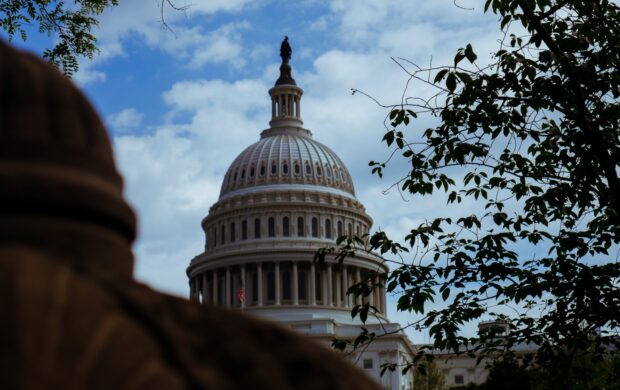





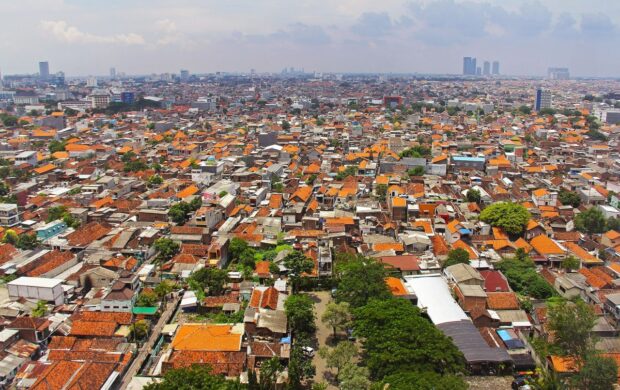
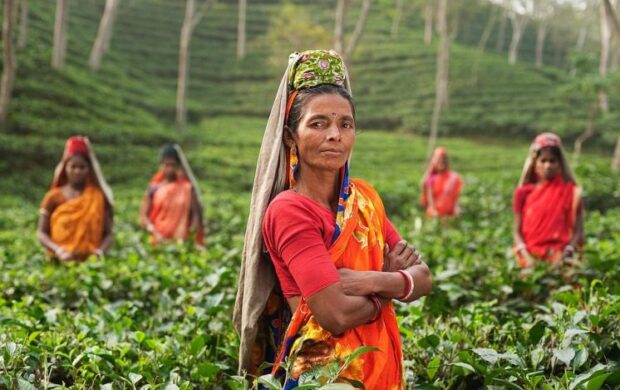

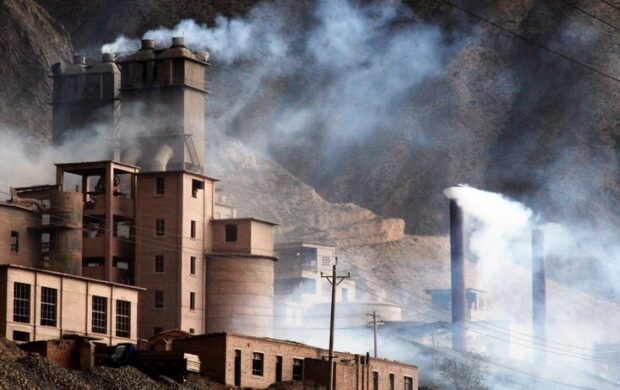
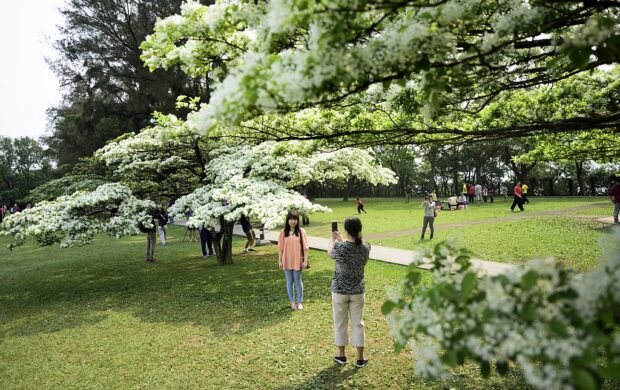


Join discussion